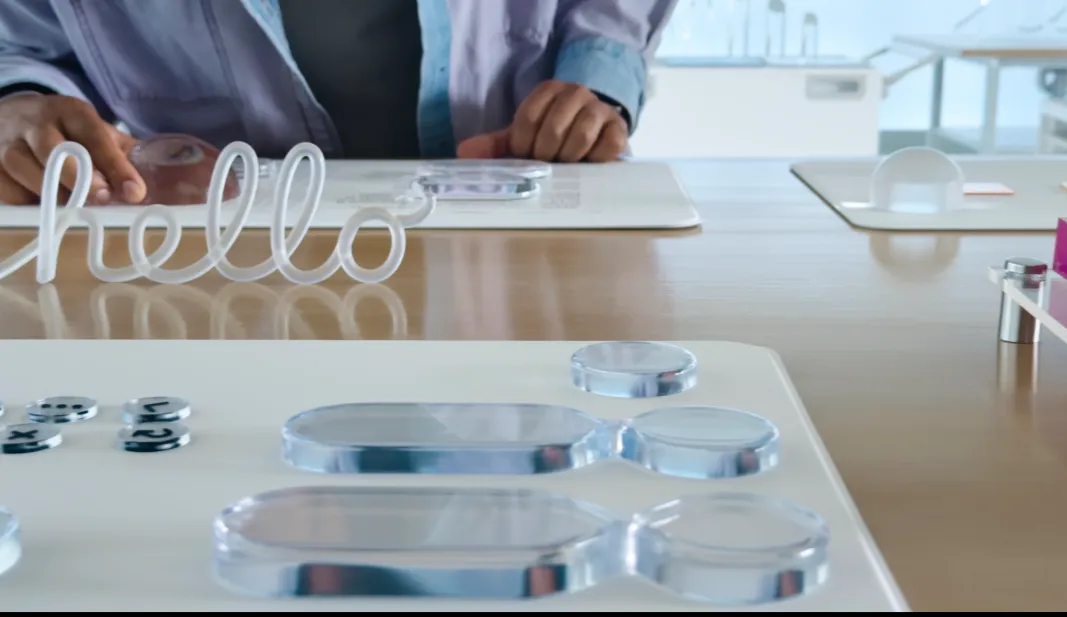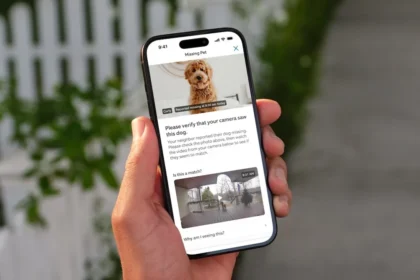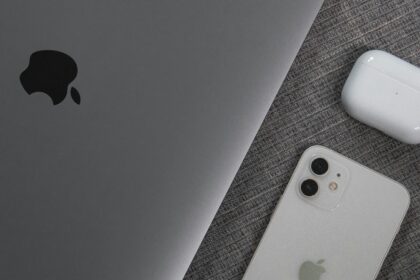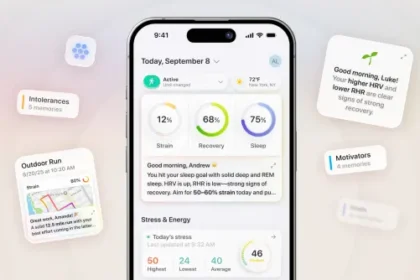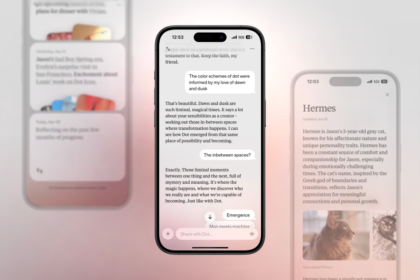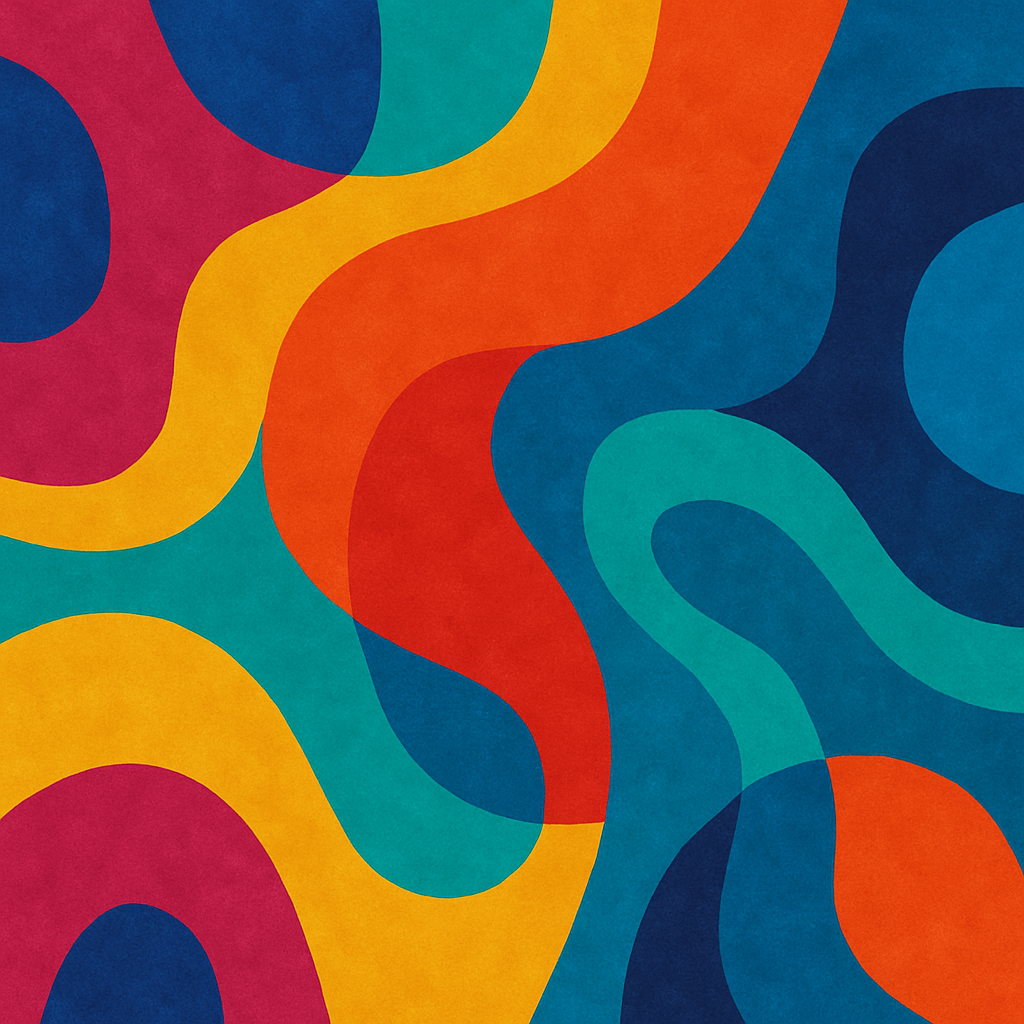Apple has officially rolled out iOS 26, marking one of the most significant visual upgrades to its operating system since the transition from skeuomorphic to flat design in 2013. At the center of this update is a new design language called Liquid Glass, a sleek, translucent material applied across system elements including buttons, sliders, notifications, Control Center, and even the Lock Screen.
Inspired by Apple’s advancements in mixed-reality experiences with the Vision Pro, Liquid Glass hints at a future where iOS may run seamlessly on AR-powered smart glasses. For now, it gives iPhone users powerful new ways to personalize their devices with glassy icons, widgets, and lock screen effects.
Among the standout features is the ability to apply clear, dark, tinted, or light glass icons, with options to match the icon style to your iPhone model or even its official MagSafe case. Users can further customize their Home Screens with wallpapers designed to complement the glass aesthetic, as well as reposition icons and widgets for a cleaner, more artistic layout.
Related: Nothing Raises $200M Series C at $1.3B Valuation to Build AI-First Smartphones
Widgets have also been reimagined with a glassy finish, supported by third-party theming apps like Widgetsmith, Widgy, and Themify, which provide even more creative options. The Lock Screen benefits from the update too, with a new dynamic glass typeface and Spatial Scenes that turn standard 2D photos into immersive 3D backgrounds using Apple’s neural engine.
Apple’s focus on personalization and future-proof design makes iOS 26 a pivotal update that blends beauty with functionality. For users eager to modernize their iPhones, Liquid Glass offers the most advanced customization tools yet, setting the stage for Apple’s next leap into immersive technology.

